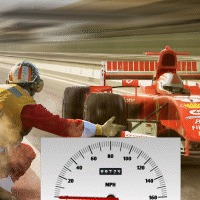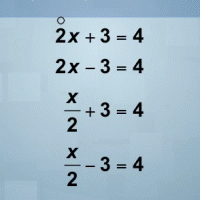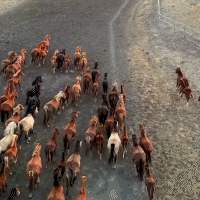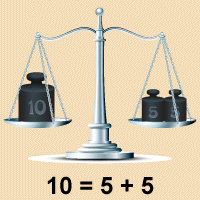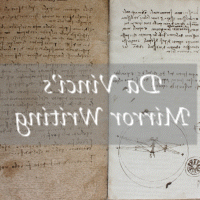
$3.99
Reflection and Symmetry: Da Vinci's Mirror Writing
In this module explore reflection and symmetry in the context of Leonardo Da Vinci's mirror writing. Many of Da Vinci's handwritten notes were written in reverse script that could only be read correctly in a mirror. This provides an opportunity to explore geometric reflections, but also the symmetric properties of certain letters of the alphabet.



